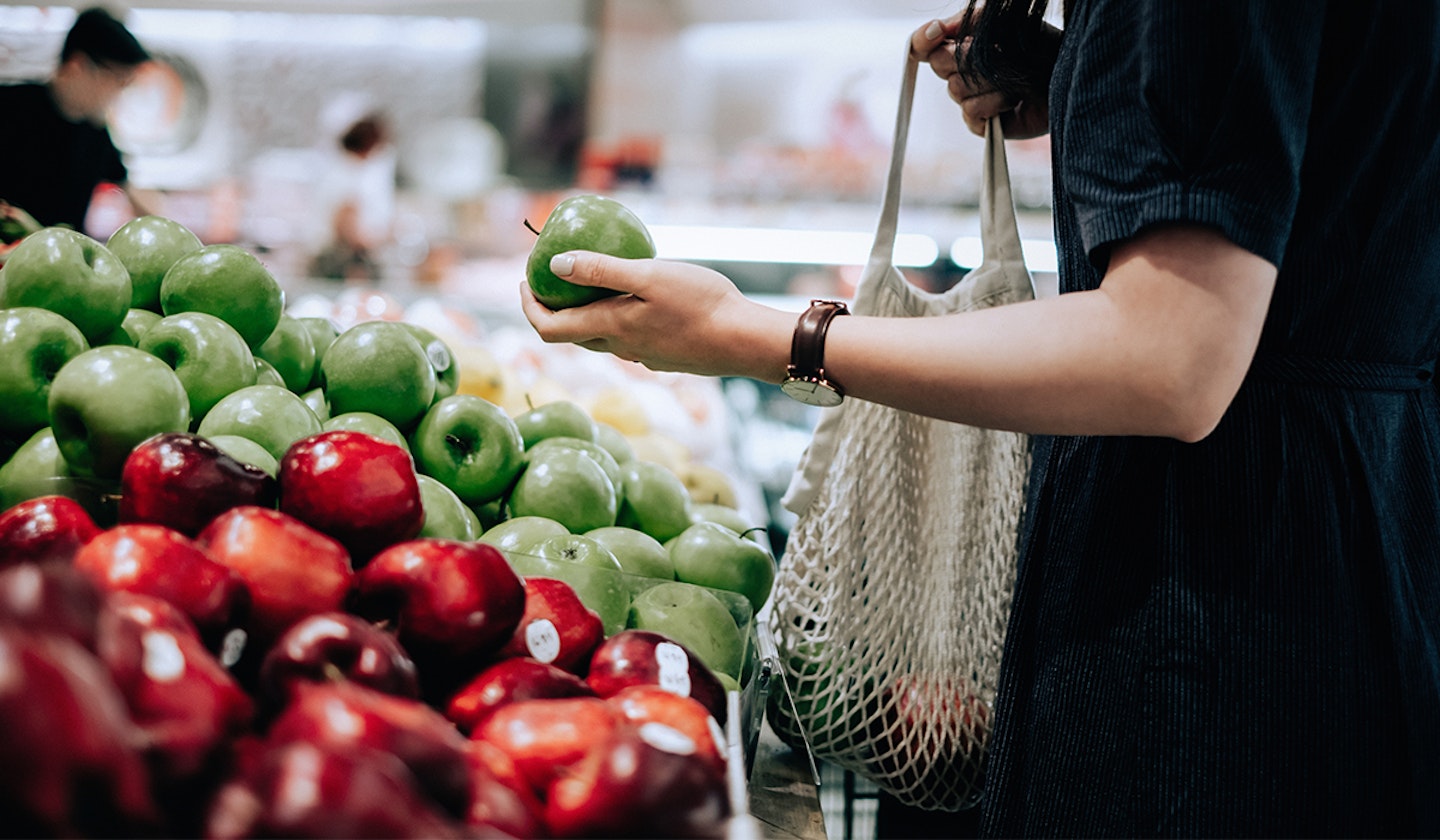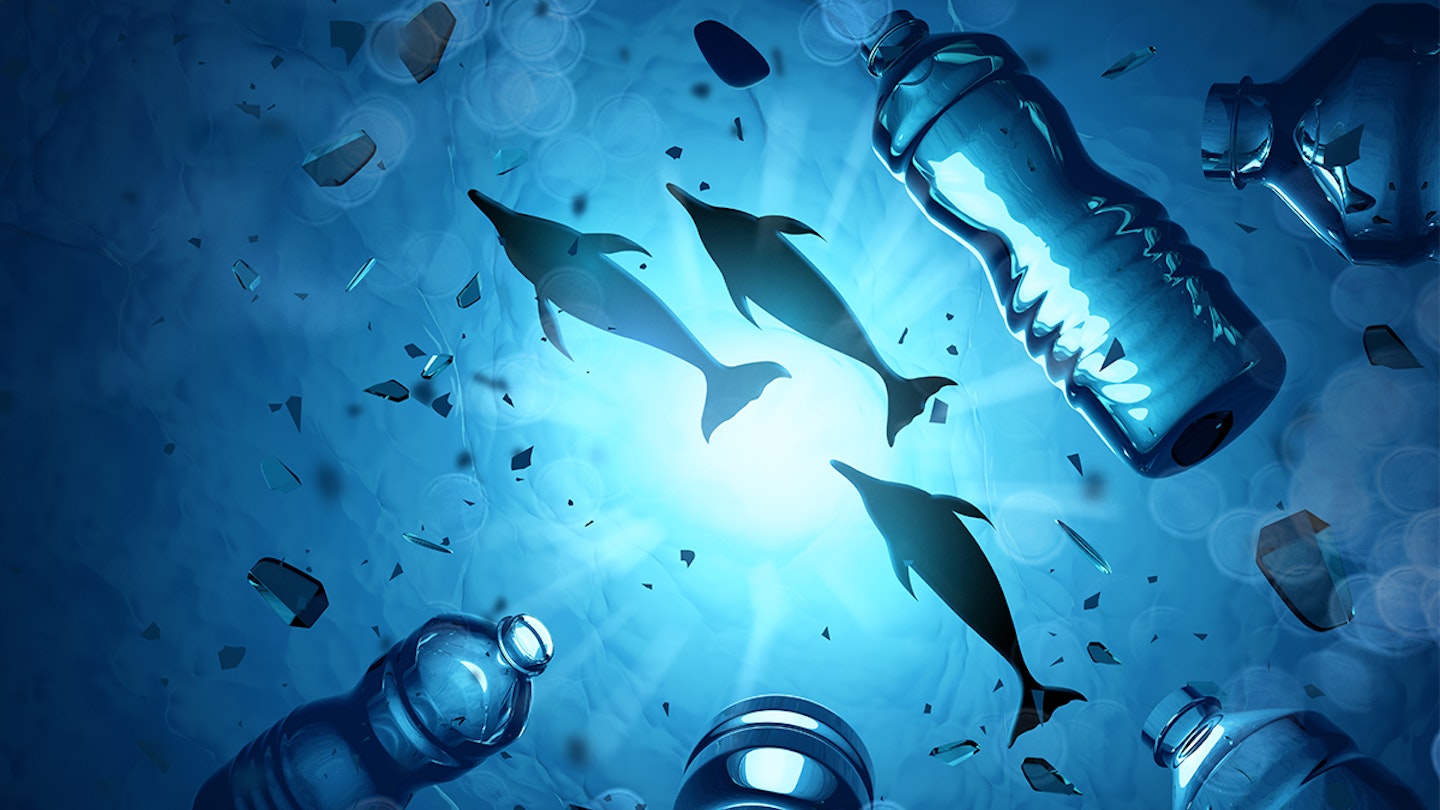From National Picnic Month to World Emoji Day, there are a lot of different awareness days, weeks and months to try to get your head around. But one that is incredibly important for us all is Plastic Free July. Because now more than ever, the planet needs our help.
What is Plastic Free July?
Plastic Free July is a global movement based in Australia but encouraged worldwide, that aims to help people be part of the solution to plastic pollution – meaning we can enjoy cleaner streets, oceans, and communities.
And you can really can make a difference, simply by making a few changes in your everyday life.

How you can get involved
There are lots of small ways you can make a difference. Here are just a few ideas:
• Bring a reusable coffee cup or dine-in at your local café.
• Choose more sustainable alternatives to toothpaste, dental floss and toothbrushes. We recommend bamboo toothbrushes.
• Find plastic-free alternatives when buying fruit and veggies.
• Bring your own reusable shopping bags.
• Refuse plastic straws when buying a drink and bring your own reusable alternative.
• Bring your own reusable water bottle instead of buying plastic ones.
• Plan ahead and avoid pre-packed bread, rolls and baked goods.
• Put your kitchen waste to good use with a compost bin.
• Avoid the plastic trays used for meat, fish and deli items.
• Swap liquid soap for bar soaps.
• Avoiding pre-packaged foods by choosing bulk or loose food.
• Use alternatives to cling wrap. Why not make your own beeswax wraps?
• Reduce, reuse and recycle.
For more ideas, visit Plastic Free July and check out our 20 more ways to be eco-friendly.
What is the government doing about plastic?
The UK government has brought together the Commonwealth Clean Oceans Alliance and Global Plastics Action Partnership, which goals include:
• Eliminate problematic or unnecessary plastic packaging and move from single-use to reuse packaging models.
• Innovate to ensure 100 per cent of plastic packaging can be easily and safely reused, recycled, or composted by 2025.
• Circulate the plastic produced, by significantly increasing the amounts of plastics reused or recycled and made into new packaging or products.
